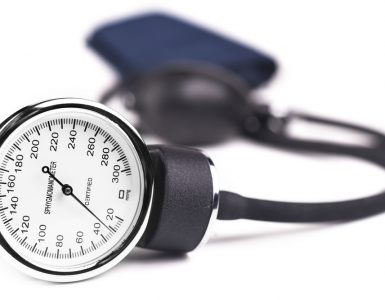(vaccinium oxycoccos)
Botanical family: Ericaceae
Parts used: Fruit, juice
Main active ingredients: Vitamin C, anthocyanins, proanthocyanins
Actions: Antioxidant, antiseptic
Good for: UTIs such as cystitis, building up natural resistance
Available forms: Tablets, capsules, fresh or dried fruit, juice
Native to North America, cranberries are related to blueberries and have been used for centuries in cooking and healing. Their name is a shortened version of the craneberry, as the flowers of this low- growing wetland shrub are thought to resemble the heads of the cranes, which used to live in the bogs where they grew. The flowers, which grow on trailing vines like strawberries, are borne singly or in pairs with dark pink petals, while the fruits are red, rounded or oval.
History of Cranberry
Cranberries are thought to have been introduced to the pilgrims by Native Americans. They were traditionally crushed and used as poultices for treating wounds and tumours and also as a remedy for scurvy, a gum and bleeding disorder caused by a vitamin C deficiency. More recently they have been used to prevent and treat urinary tract infections (UTIs).
Current uses of Cranberry
URINARY TRACT INFECTIONS (UTIs)
There have been many clinical trials, which have investigated the effectiveness of cranberry extracts and juices in preventing UTIs. Many of them have shown that cranberry supplements can significantly reduce the number of urinary infections in women.
HEART
The antioxidants found in cranberries may also benefit circulation. Ina study a group with coronary heart disease who drank a double-strength cranberry juice daily for four weeks showed a significant improvement in arterial stiffness compared with a similar four-week period in which they drank an inactive placebo-juice.
STOMACH ULCERS
Infection of the stomach wall with ammonia-producing bacteria, Helicobacter pylori, is linked with inflammation and peptic ulcers. Cranberry’s anti-adhesins have been shown to stop the bacteria sticking to cells in the stomach lining, so they are expelled more easily.
How to take Cranberry
For best results choose tablets or capsules rather than pre-sweetened juice. Some processed products have a higher proportion of water than of cranberry juice, with sweeteners added to mask the berry’s tart flavour.To treat urinary tract infections a daily dose of around 800 mg of cranberry extract (2x 400mg capsules) is usually advised or you can drink at least 500 ml of undiluted juice.
Watchpoints
There are no known side effects from either short-term or long-term use of cranberry.If you suspect you may have a urinary tract infection, always seek medical advice – especially in children, during pregnancy, or if you develop a fever.
Cranberry is thought to affect the way the medicine warfarin works. People that are taking warfarin should not therefore take cranberry.






